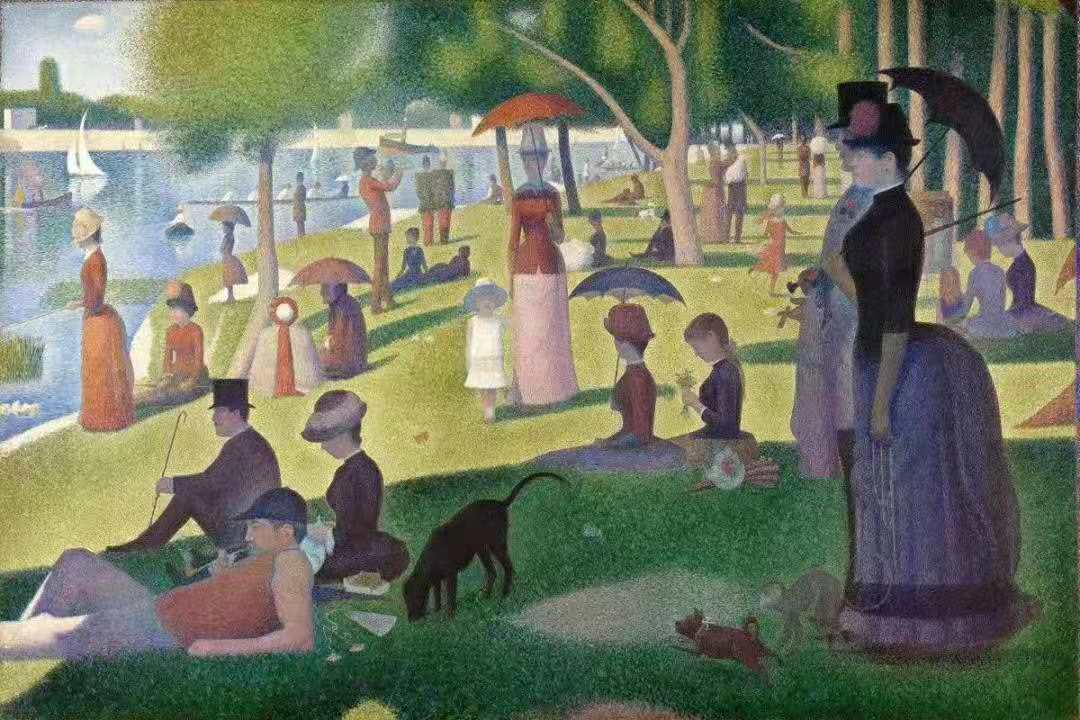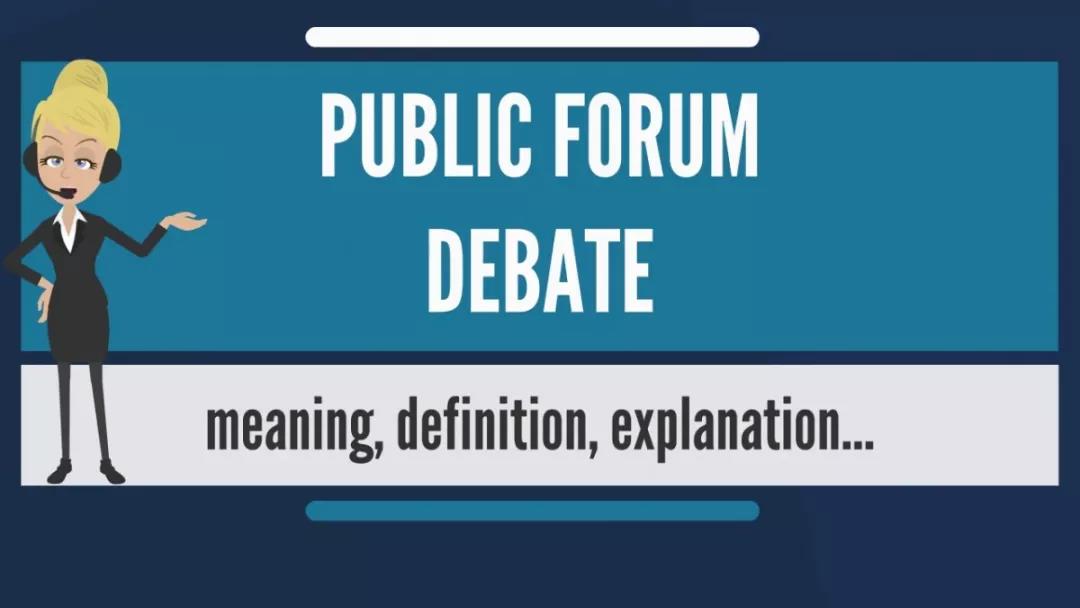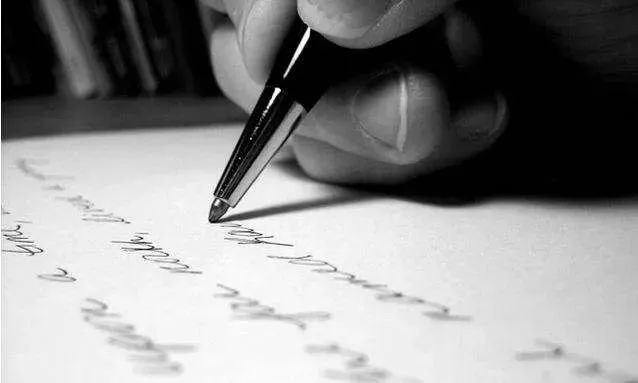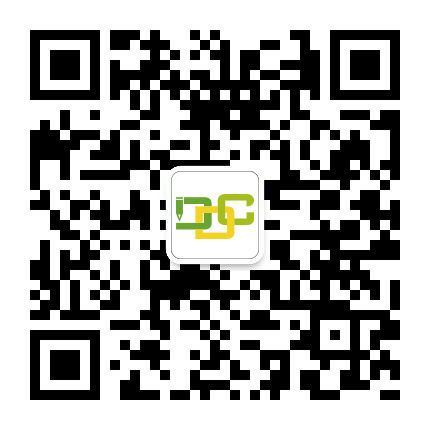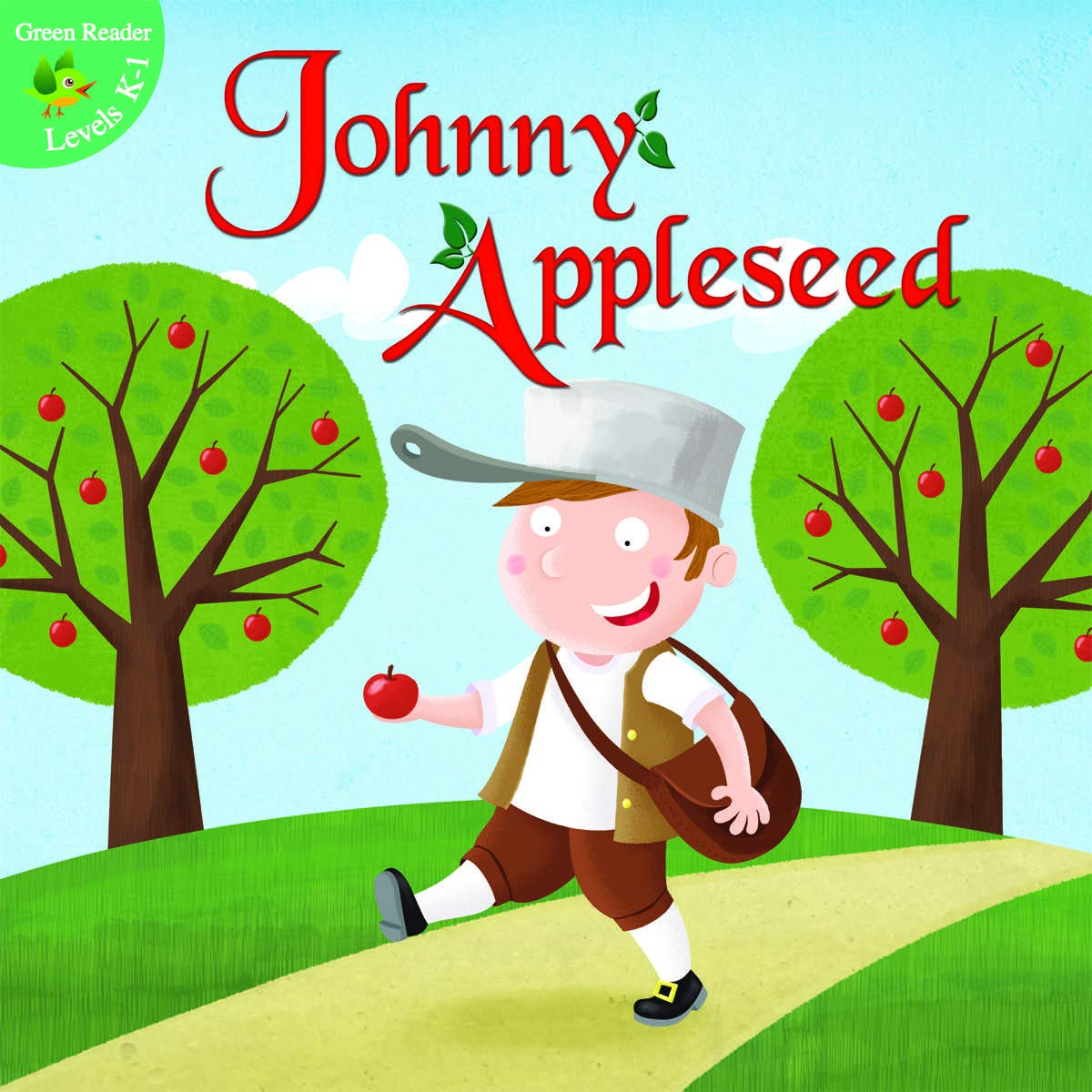 |
Folk Tales and STEM (G1-2)
In this course, students will read folk tales, such as "Johnny Appleseed" and "Paul Bunyan" to build background knowledge and engage with the project and get involved in STEM activities to develop their design with application of the engineering design process of test, design and improve upon their designs, using hands-on materials. For example, students will engage in STEM activities relating to the tales, such as racing a steam powered drill, creating a fence for an orchard, and building a wagon strong enough to carry a load.
After finishing this course, students will learn how to gather and evaluate evidence in order to draw conclusions. As students solve these problems, they will develop skills in structure and stability, understanding gears, perimeter and area, force and motion, and the design process for problem solving. As they progress through the problem-solving process, students will record their research in the STEM Journal which will also be used as a springboard for reflection and discussion amongst peers.
 |
Mathematical Thinking in Comics (G3-4)
The Mathematical Thinking in Comics from Beast Academy, one of the most influential educational institutions for gifted students in US. It teaches kids how to think critically and understand the concepts behind the math calculations they’re performing. Engaging, comic-book style illustrations keep kids coming back for more, even as they grapple with some of the most rigorous math problems available anywhere. Do you want your child to embrace math as a problem-solving tool they'll use for the rest of their life? Mathematical Thinking in Comics will take them there
Mathematical Thinking in Comics is a full math curriculum, which provides a fun, rigorous, challenging, complete curriculum for aspiring math students. The comic-book-style Guides includes chapters on shapes, skip-counting, perimeter & area, multiplication, perfect squares, the distributive property and so on. Meanwhile, the Practice books provide hundreds of problems for students to practice computation and develop reasoning and problem-solving skills. These problems appeal to a wide range of students, encompassing everything from simple calculations to multi-step puzzles. Challenging problems and puzzles in Beast Academy foster flexibility and perseverance, helping students develop the skills needed to tackle tough problems in any discipline.
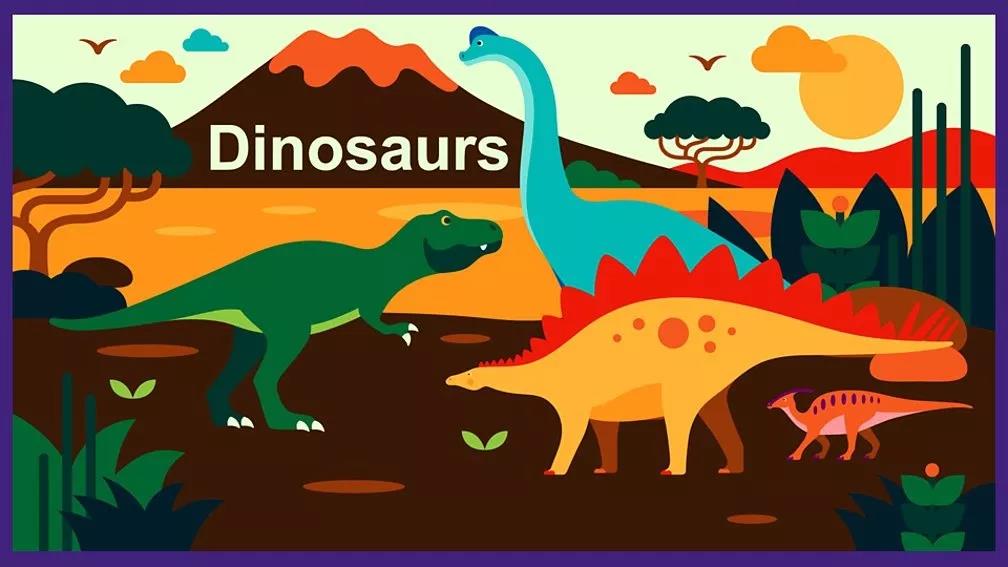 |
Dinosaur Discovery:Paleontology Unearthed (G1-2)
Are you ready to dig into the long-ago world of dinosaurs? Become a little dino expert as you explore the life of dinosaurs and what it’s like to be a Paleontologist! From fossil jacketing to mini-digs to building your own tiny dino, you never know what fun you will excavate. Students will learn about fossils and dinosaurs and other animals in the same period through games, crafts, experiment and events, including listening to stories about dinosaurs from a selection of books, and will study the lives of these amazing animals, and learn the techniques to study the fossils of these animals by scientists.
Multiple hands-on and minds-on activities will be incorporated in this course with unique approaches to scientific disciplines that include zoology, biology, geology, physiology and paleontology. Students will gain valuable exposure to interesting STEM concepts and projects, like digging for dino replicas in our makeshift excavation pits, identifying different types of rocks, creating different types of dinosaurs, analyzing the footprints of dinosaurs, mimicking the living habits of the dinosaurs, etc. where they could explore new experiences, and they will watch their ideas come to life.
 |
Fairy Tales and STEM (G1-G2)
In this fun, engaging, and hands on course the students will read a variety of Fairy Tales and have STEM challenges based on the story. The students will read American and Chinese Fairy Tales. Students will learn about character and plot development. They will also compare and contrast various stories and authors. To aid in our STEM learning; we will use the engineering design process to design and build structures after we read the story. For instance, students will read "Cinderella". After reading the story the students will have to design a carriage that will be able to travel down a ramp for a specified distance. During the challenges, students will use math to discuss weight and distance.
Students will use math concepts to enhance their designs. Some of the math concepts used will be algebra, geometry, fractions, measurement, and weight. Students will also study the structure of Fairy Tales versus other types of fiction. They will take that knowledge and write their own Fairy Tale. They will follow the publishing process and have their very own published Fairy Tale to take home.
Fundamental STEM(G1-2)
Do you know how scientists think? They ask interesting questions, like, how do our brains work? How can we use magnets to solve problems? What is the engineering design process and how can I use it in my life? How can I learn to code and apply it to my life? —and then they go in search of the answers! These and other questions will be explored in hands-on, engaging activities and experiments for students. As students actively engage in with the subjects they study through experimentation, observation, and construction, they will learn how to think, act, and work like scientists and engineers in an exciting introduction to a wonderful world of discovery!
This course’s focus will be on concepts, like change, patterns or interdependence. These concepts will be applied across the day’s explorations and will help demonstrate the interconnections among branches of science (biology, physics, and chemistry), technology, engineering, and mathematics. The core of the course is not just the content, but also the critical and creative thinking skills that are involved in these disciplines in real-life careers. The culminating activity will be a student-designed STEM Museum, a carnival of activities that reflect their learning from each day.
 |
Math Problem Solvers : LEGO Architecture (G1-2)
Math concepts can be difficult for young children to grasp, and they often struggle to make sense of abstract topics like fractions. Lego, the most familiar tool to most of us, is awesome to make the math concepts tangible to our kids. By counting the quantity of Lego parts on both sides of a rectangle, students get to know the idea of Area. And the idea of multiplication can be easily taught by using bricks like an 8x6 plate having 48 studs on the top. Example of the benefit of Lego in math learning is endless.
In this course, students will be using Legos along with blocks and Magna-tiles to make elaborate structures, with marbles and cars to make tunnels, bridges, or even to create houses. During the process, students will need to apply math to analyze what they see, perceive the parts that make up the whole, and figure out how the parts relate to each other. To be really successful, they may also need to think quantitatively -- to count. And it helps if they can imagine what an object would look like from another angle. So this course is more than fun, it fosters a wide range of abilities, including motor skills, spatial skills, language skills, divergent problem solving ability to visualize three-dimensional objects, ability to imagine and manipulate spatial information in your head etc.
 |
Solar Engineering(G1-G2)
Students will take the first steps towards understanding what resources are renewable and non-renewable. How we use energy and what solar energy is. Students will spend the three weeks engaged in hands-on, minds-on activities. Students will also learn about the misunderstanding of the sun. At the same time, they will deeply learn the tools of the ancient timekeeping and make the sundial.
Students need to fully understand the effects of solar thermal energy and learn to predict temperature changes caused by solar thermal energy in the sun and shadows. They will also participate in the ice melting competition, using the knowledge of energy conversion to further learn the different methods of energy conversion and energy storage. Students will learn how to use solar energy for desalination, through which, the concepts of evaporation, condensation and so on would be obtained. Students will also learn how energy is converted from the sun to the photovoltaic panels and make their own solar cars.
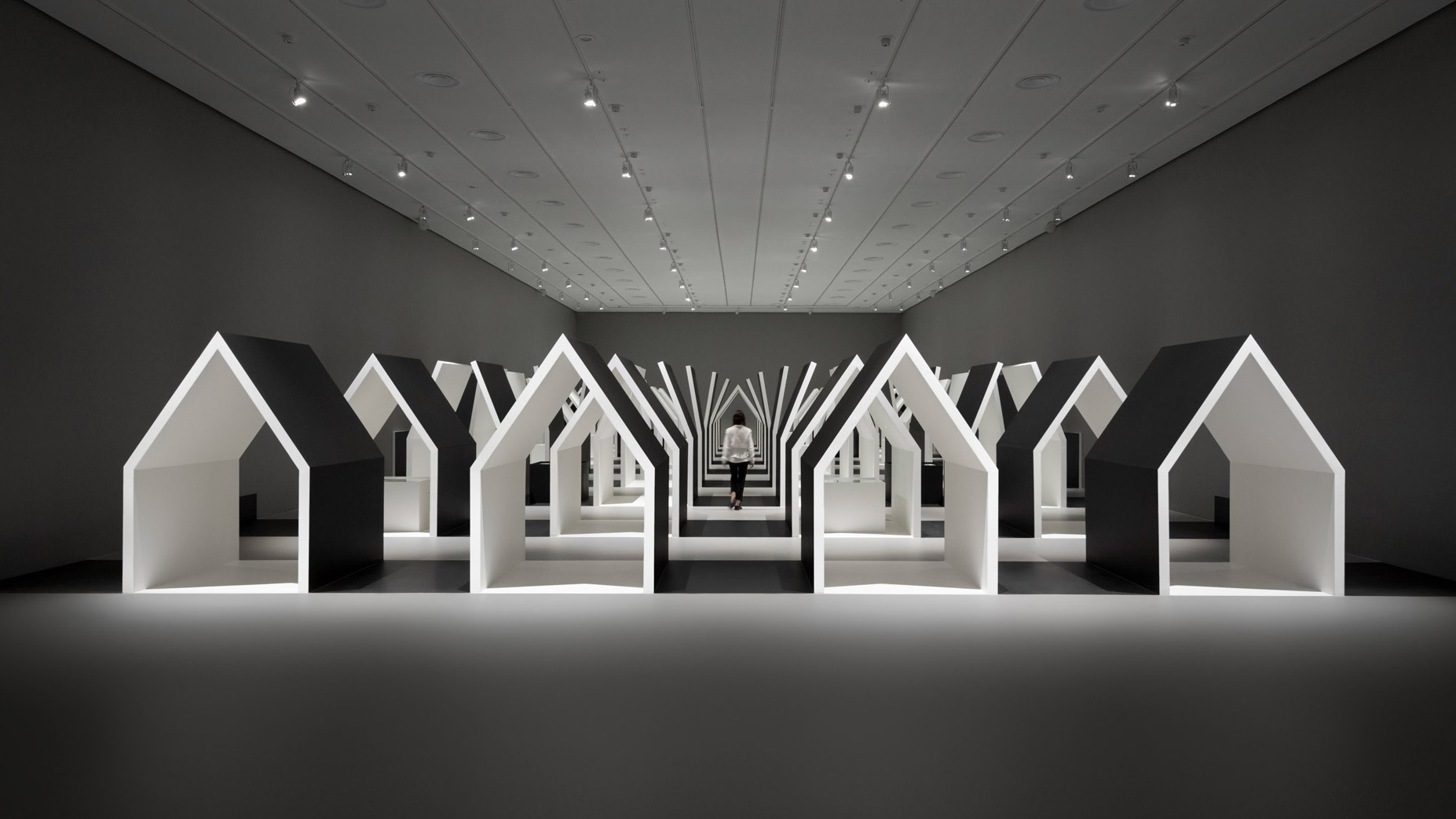 |
Designing a Shape Gallery(G1-2)
Geometry is essentially the study of the space we live in. Geometry also helps us learn more about other areas of mathematics such as number, algebra and measurement. Connections to science and art are easily made as students develop spatial sense by building shapes and designs. Throughout the programs students will be involved in creating a Shape Gallery for the children’s museum.
Learning Objectives:
* Interpret and describe the physical world with geometric ideas using corresponding vocabulary
* Use basic shapes and spatial reasoning to model objects in the physical environment
* Recognize, name, build, draw, and describe a variety of 2- and 3-dimensional shapes
* Compare and sort 2- and 3-dimensional shapes
* Compose and decompose 2- and 3-dimensional shapes from different perspectives and orientations
* Describe, name, and interpret direction and distance in navigating space
* Relate geometry ideas to number and measurement
Creative Writing - Words, Paragraphs, Poems, and Prose(G2-3)
In this program, we will use the text book of America's famous English teaching and gifted education expert Michael Clay Thompson. In this course, concepts will be introduced to enable students to write sentences that make sense, communicate ideas, and impart information. Students will find it fun to write well. Although the presentation is simple, the information is sophisticated. This course features an array of quirky animals, birds, insects, a talking tree, and an amazing fish whose name is Mud. From each character, Mud learns a different aspect of sentence structure. They make learning the rules and concepts that are the essential foundation for formal writing assignments enjoyable.
This course will also give students an entertaining and comprehensive introduction to the paragraph within the narrative of a story. The protagonists who help to illustrate the concepts are two engaging ducks who explore the importance of organizing sentences into orderly paragraphs with dialogue, description, comparison, punctuation, and grammar. This course also contains an extensive, structured section of exercises and consists of lessons, each containing in-depth exposition and assignments.
Digital Storytelling (G2-G3)
Storytelling is a way of connecting and sharing our experiences with others. We all have stories to tell! When students participate in the story telling process, they learn how to communicate clearly and express themselves creatively. Children are born storytellers. They share their interesting things about their lives through stories, which are closely related to their parents, family and friends. By learning how to tell and create stories, students will learn how to communicate clearly and express creatively, thus becoming little thinkers with great literary talent.
In this course, students will learn to use Green Screen technology to digitally create and perform short, personal stories that are told by using still and/or moving images, music and sound. Students will learn different types of stories and build confidence in language application and expression; as well as acquire and skillfully apply the POW + C-SPACE story creation method. Students will also improve performance skills, including emotional expression, facial expression and voice control, and develop a mindset of creating good stories. By the end of this course, students’ skills and abilities of listening, speaking, reading and writing, expression, communication, creativity and digital tools application will be immensely enhanced.
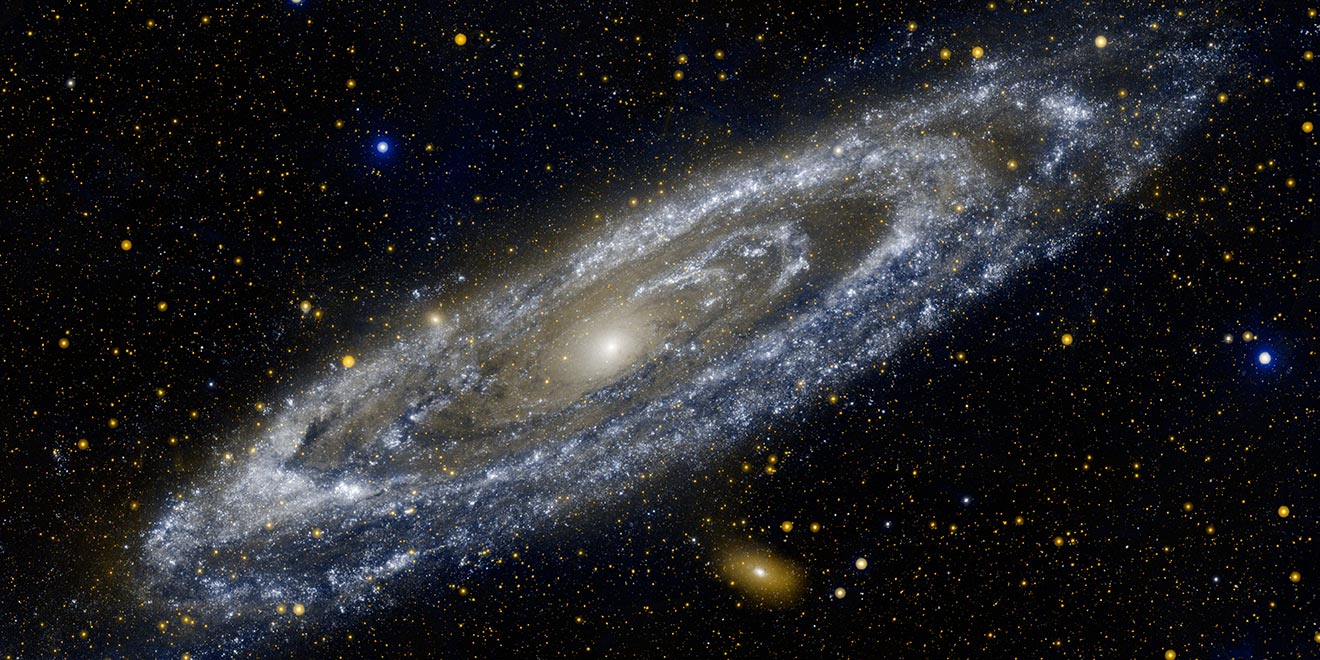 |
Astronomy(G3-4)
This STEAM study of astronomy incorporates the history, art, science, mathematics, and engineering of human interaction within the limitless universe. In this course, students will move from Earth through the solar system to our galaxy and beyond. Balancing the human stories, folktales, and myths explaining the sky with scientific discovery, students will participate in STEM activities exploring the scale of the solar system, moon systems, force and acceleration, rotation and revolution, and balloon rockets.
As astronomers, students will learn about constellations and design their own. They will participate in inquiry and research living conditions beyond the Earth’s atmosphere, comparing conditions on each planet and within spacecraft, including controlled environmental life support. Students will explore such topics as dark matter, black holes, zero gravity, birth and death of a star, quasars, and more. Students will investigate the origin of space and the effect of human interaction with it over time, through which the principles of physics in astronomy will be learned. Within the context of astronomy, students will also work on projects of music, art and literature. Students’ English reading, writing and speaking ability will be improved while acquiring the STEAM knowledge and hands-on skills.
World Geography(G2-3)
In this course, students will “travel around” all seven continents and explore the five core themes of geography, including location, place, human-environment interaction, movement, and region. Students will learn about absolute and relative location. They will inquire as to the physical and human characteristics that lead to the development of cultures, including landforms, waterways, people, climate, languages, communication, and transportation. There will be interesting activities like five “Learning Stations” in the classroom, which will enrich students’ learning experience. In addition, students will engage in various STEAM activities, such as making maps of a certain area of the school, drawing posters to express the climate characteristics of different areas, and designing symbols to express their own cultures.
As geographers, students will investigate the cause and effect of human interaction with the environment. They will research how and why people move from one place to another. Students will learn how a person’s place influences their expression and how the visual and performing arts influence the culture of a people. While exploring the wonders of the world and cultures, students will use reading, writing and math skills, and practice flexible thinking, accurate expression and the ability to apply knowledge learned to solve practical problems.
Ancient World History(G2-3)
During the period from 2000 BC to 300, ancient civilizations lasting impact flourish all around the world. In this course, students will learn the folk custom, social structures, politics, economy, religions and culture across the ancient world and consider how traces of these civilizations live on today.What are the characteristics of a civilization? Why the Nile is considered a gift to Egypt? Why did Rome use mythology to prove its existence? Why are these myths vital to the establishment of the Roman Empire? How is civilization inherited? Students will understand the hieroglyphs and copy the Rosetta stone languages which are Hieroglyphs, Demotic, and Greek. Students will also learn about the great achievements made by the Romans in engineering by simulating the construction of ancient Roman towns, laying the Roman road as well as designing and implementing the central heating system.
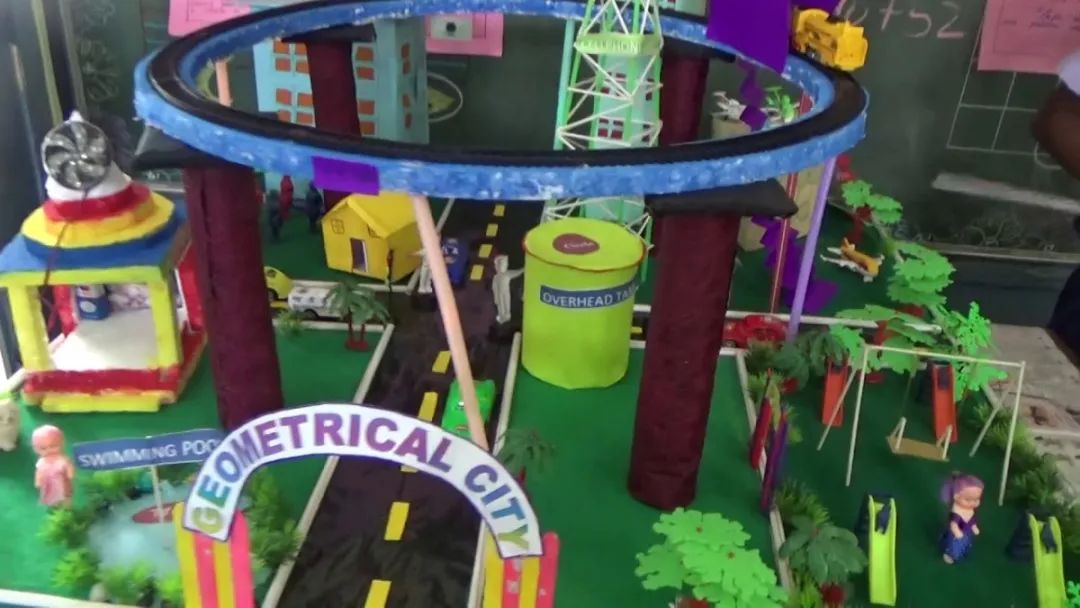 |
Math & Miniature Models (G2-3)
In this course, students will get to work like engineers and create scale models of objects of their choosing. Look for an object with geometry that has the potential to be simplified easily. They will decide which dimensions are going to help them construct an accurate scale model. They will use the patterns discovered about circles, squares, rectangular prisms and cylinders to build a scaled down (or scaled up) version of the object. Students will also discuss the application of the miniatures they designed to real life, taking into consideration the environmental protection, compatibility with its surroundings, etc.
After finishing this course, students should be able to explain how scale models are used in real life, create an accurate scale model using the mathematical tools provided in the associated lessons and describe how engineers use scale models in the design of products, structures and systems. The math knowledge covered in this course include: calculations, multiplication tables, proportions, estimation , sorting, statistics, patterns, area, perimeter and volume, 3D shapes, symmetry, and distance, etc. Throughout the process, students will also create engineering drawings and practice their presentation skills.
Techno-Threads (G3-G4)
Technology is everywhere - it’s not only in the devices we use but now it’s in the clothes we wear. Create your own “smart clothes” by adding lights, switches and sensors. Explore how light flows through fiber optic fabric. Leave with more knowledge about electronics, art and wearable technology, as well as a personalized piece of your own clothing.
This course covers the fundamentals of electronics and their applications in textiles and clothing product development, emphasizing the interface between electronics and textile materials, detailing diverse methods and techniques used in industrial practice. This course details the application of wearable electronics and outlines the textile fibers used for wearable electronics as well as problems faced during the production processes and their solutions and concludes with discussions of the development of fabric-integrated wearable electronic products for use in smart cloth, electronic jerkin, heating gloves, etc.
 |
Reader’s Theater (G2-3)
Reader’s Theater is an effective way to make dramatic changes in students’ fluency, writing, listening, and social skills. In this course, students will learn a strategy for developing their reading fluency. It involves students in oral reading through reading parts in scripts. In using this strategy, they need to reread it several times, thus developing their fluency skills. It promotes fluency, helps readers learn to read aloud with expression and helps build reading confidence.
Students will choose a story that can be divided into parts, or character, and read their scripts orally for practice. Students will also learn to write the script with print that is easy to read, being encouraged to practice at home with their parents and read parts together. Students will expand their vocabulary through the Reader’s Theater. Every day, students will learn new words in the script. In the process of participating in group activities, they will use vocabulary list and dictionaries to learn and understand the new words, and complete their own vocabulary wall.
Be an Energy Engineer (G4-G5)
Explore how engineers design and build our magical modern world. In this course we will learn about the process of engineering design. This unit provides students with a deep exploration of basic energy concepts and renewable sources of energy and puts them in motion through a hands-on schedule focused on building things that use renewable energy to work. Knowing what energy is and how to work with it will make them better builders, makers and problem-solvers. Students will explore numerous energy sources by building a diverse range of artifacts that use them.
This course will cover the renewable energy and others like including sunlight, wind, rain, tides, waves, and geothermal heat, which have been widely used in electricity generation, air and water heating/cooling, transportation, and rural energy services. Students will be introduced how to be an energy engineer through diverse hands-on activities and projects which includes designing, building, evaluating, or remodeling energy systems or energy procurement methods. Skills like communication, financial planning, IT, Numeracy, organization, problems solving, teamwork and time management will be enhanced.
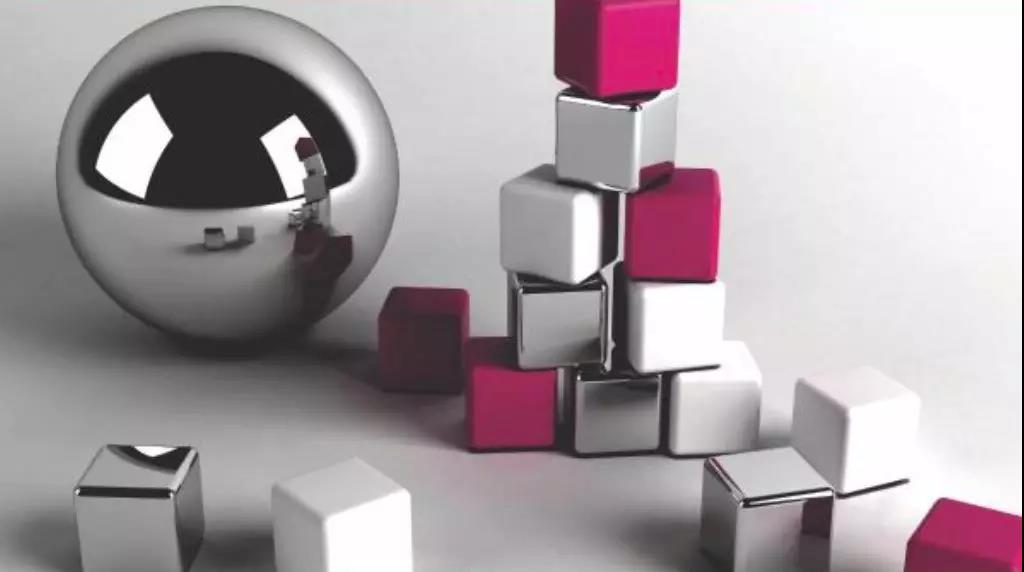 |
Math: Spatial Reasoning (G2-3)
Spatial reasoning is a category of reasoning skills that refers to the capacity to think about objects in two or three dimensions and to draw conclusions about those objects from limited information. Someone with good spatial abilities might also be good at thinking about how an object will look when rotated. These skills are valuable in many real-world situations and can be improved with practice. It is one of the most basic reasoning abilities and is highly correlated to general intelligence, or cognitive aptitude.
This course will spark the visual learning of students with Spatial Reasoning at early ages. Diverse questions and activities of spatial reasoning through one-dimensional (1-D), two-dimensional (2-D), and three-dimensional (3-D) tasks will engage students. Contents include Dimensions, Slides, Flips, Turns, and Glides, Reflections and Symmetry, Polygons and Tangrams, Polyominoes, Nets, Drawings, and Mat Plans, Projections and Slices, etc, which are supported by hands-on extension activities that extend spatial concepts beyond the classroom. The skills learned throughout this course will lay the foundation of spatial reasoning that will prepare students for future learning.
Science + Math = Art(G3-4)
Creating arts with scientific and mathematical properties is as old as time. One of the most famous examples of the interconnection between math, art, and science is the work of Renaissance master Leonardo da Vinci. Known for his famous portrait of Mona Lisa incorporates a typical golden section, da Vinci was also a prolific inventor, and designed machines that were centuries ahead of their time. Creativity is an essential part of the scientific process as it is to the artistic method. Artists and scientists share a curiosity for the unknown, an appreciation for the beauty of the worlds they explore and an interest in creating something new. In addition, properties of math such as geometry and patterns are the tools artists use to create their masterpieces.
In this course, Smart students will explore properties of geometric shapes, create tessellations, study numerical patterns in nature and demonstrate them in their art. Students will use math tools to create art, build structures based on numerical patterns, and examine the math behind the Golden rectangle. Students will work with the Fibonacci sequence, Pascal's Triangle, and create a 3-dimensional Sierpinski's Triangle, among other activities.
Kinetic Sculpture(G3-4)
Sculpture must be static? Famous kinetic sculptures are to inspire people and give people unlimited imagination. In this course, students will understand the relationship between art, science and engineering. While appreciating the works of the masters, students will use the standard "MIT engineering design process" to create their own kinetic sculpture, the sculptures will not be static, single, flat, but dynamic, multi-dimensional, which will break the traditional form of sculpture displayed, organically combining the scientific device and architectural art to form a dynamic artistic effect.Students will understand and learn basic physical concepts such as balance, kinetic and potential energy, gear mechanisms and wind energy in the process of practicing how to transform artistic ideas into real works.
Magic Chemistry(G3-4)
In this course, students will learn fundamentals of chemistry, like the Periodic Table of Elements, chemo metrics, chemical equilibrium, pH value, oxidation and reduction reactions, etc. Through magic chemical experiments, students will deeply understand and acquire the corresponding chemical knowledge. For example, students will learn the concepts of protons, atoms, molecules and other basic elements by making “ice cream” by hand, measuring the mass of matches, and calculating the reaction time. Students will measure liquids, such as milk, apple juice, orange juice and hand sanitizer by using PH test paper, to learn the knowledge of acid-base neutralization and reaction, etc.
Students will learn the skills of chemistry experiments through many hands-on practices: such as how to raise high-quality questions to proceed in-depth research, how to design and implement scientific experiment following the questions raised, how to observe and record the experiments at macro and micro levels, and how to draw a conclusion based on scientific analysis of the experiment results.
|
Historical Perspective of the Arts (G4-5)
In this course, students will learn How to Think Like an Artist, examining the perceptual and cognitive processes inherent in learning and interpretation of art. The course begins with perspectives of artistic and aesthetic knowing from artists and scholars across the fields of artistic endeavor. Students will learn many great art works and discuss their own understanding to those works and the authors. Upon completion of this course, students should be able to easily recognize the artwork studied all through pre-history, ancient Greece, Renaissance to the modern period. They will also have learned several different techniques, mediums, and styles as well as have gained an appreciation for art work in general.
The goal of this course is to provide students with a more thorough understanding of how artists think and perform and how this kind of knowing expands in depth and breadth of how an individual sees the world. Seeing through an artist’s eyes enriches all experiences both inside and outside the classroom. The ultimate goal is to encourage each student to experience artistic “knowing.” Students will also have the opportunity to enjoy the classic works of art that illustrate aspects of the creative process.
 |
Genetics I (G4-5)
Genetics is one of the "Top Ten Breakthrough Technologies in the World" (MIT, 2017), which will profoundly influence the future development of humankind. Students will learn the foundation that creates the structure of genetics, including atoms, molecules, elements, and compounds. Students will explore the internal structure and function of DNA and RNA using the LEGO tools designed by MIT, and they will also study the mechanism of gene mutation and how a gene mutation is repaired.
Do you want to know the working mechanism of zebrafish heart and blood flow under professional high magnification microscope? DDC teachers will use zebrafish, which is widely used in many fields such as genetics, immunity, and cancer, for students to observe how zebrafish grows from one fertilized egg into an adult fish during a week.
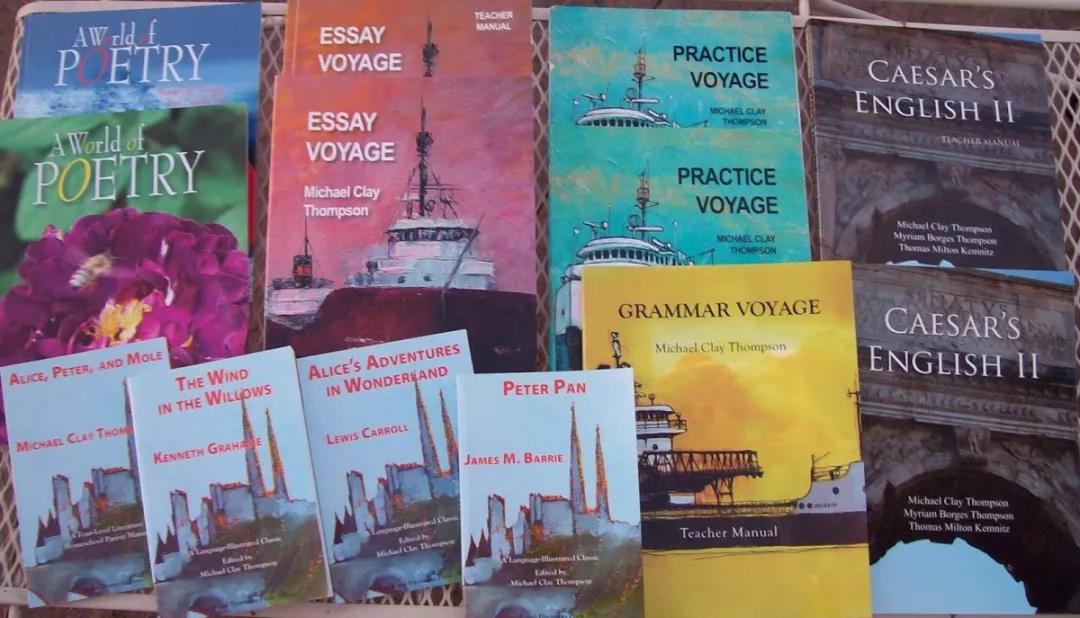 |
Preparing for Academic Writing - Preparing and Presenting Papers(G4-5)
This course will correct two common problems in school: boring papers and dull presentations. Students will build on the skills in the course and learn how to sequence paragraphs into interesting papers. Whether preparing a book report or a research paper, their product will be better. Oral communication is a second focus of the course, how to present their papers to peers and adults using effective public speaking skills. Books in this course help build a bridge from previous Creative Writing courses and the Academic Writing and Vocabulary courses that anchor the English courses in upper grades.
Each lesson in the course is followed by exercises, challenging questions, examples of good essays, and a discussion of the correct use of words for papers. With the use of extensive examples and thorough explanation, Students will learn that Preparing and Presenting Papers involves the correct use of words, sentences, paragraphs, punctuation, and other elements such as organized structure and unity. In the course, students will enjoy illustrated classics. Students will be engaged in the close-ups of poetic techniques, four-level analyses of interesting grammar, and comments about writing strategies. Challenging vocabulary is defined at each lessons during the whole course. There are lots of interactive activities and pre- and post-tests to reinforce the lessons and allow students to self-check their knowledge.
 |
Algebra Mystery Maze(G4-5)
Solving Algebra Chains within a Maze Competition. In cooperative groups, students take turns as Measurer, Designer, and Recorder to quickly and accurately solve series of algebraic equations and word problems, as well as navigate and design mazes to earn the most centimeter lengths for their team. Every activity in ALGEBRA MYSTERY MAZE encourages students to use higher-level thinking skills. Knowledge, application, analysis, evaluation, and synthesis are all needed to work through the various phases of this experience.
Students will:
• Understand that letters represent numbers in equations
• Understand meaning and application of order of operations
• Understand meaning of equation, variable, transformations, and reciprocals
• Solve algebraic equations and simple algebra word problems
• Develop confidence to work algebra problems quickly and accurately
• Apply skills of measurement to navigate and design mazes
• Apply math communication skills to describe problem-solving strategies
• Work cooperatively as they rotate through the roles of Measurer, Designer, and Recorder.
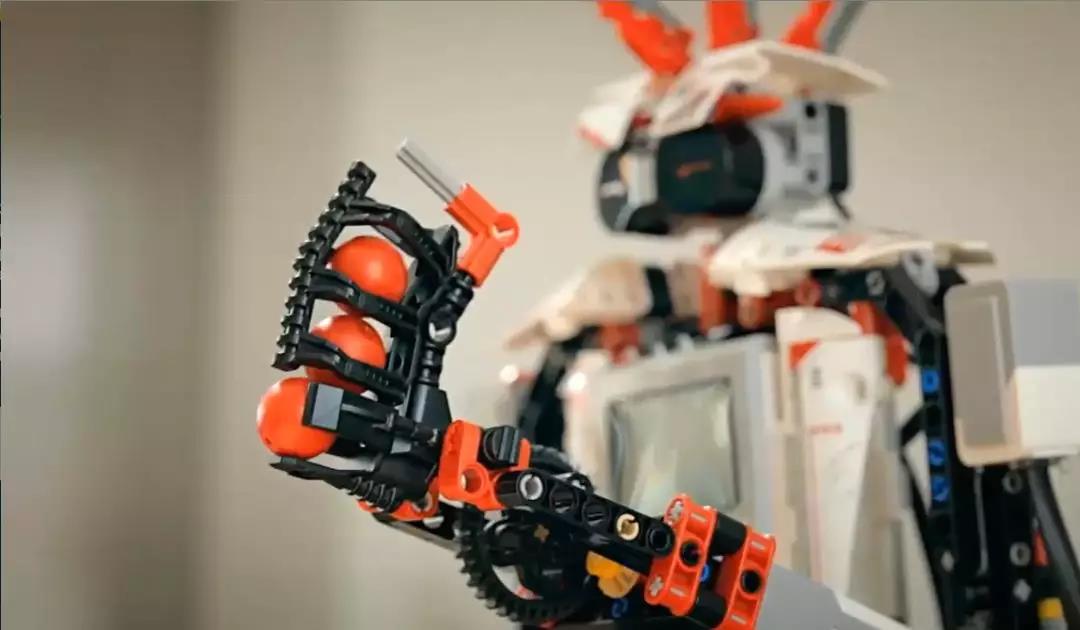 |
LEGO EV3 Robotics Programming (G4-5)
This course is designed to engage students in engineering practices, coding, problem solving, and research. Students will design and construct autonomous robots using LEGO EV3 Mindstorm kits to perform various challenges. Integrated within the curriculum is an extensive emphasis in 21st Century skill development which include: collaboration, communication, innovation and creativity, problem solving, and critical thinking. LEGO Mindstorms EV3 kits combine Lego bricks with computer programming to provide a fun learning environment for students.
Concepts students will learn include Problem solving: Students must first figure out what the problem they encounter, then choose the method they will use to solve it. Finally, they will use creativity and out of the box thinking to propose and design a solution; Teamwork: Engineers never work alone. From the project director, to the product designers, to the troubleshooters, engineering teams rely on many different members to accomplish the complex projects they are assigned; Goal setting: Often, engineering projects are comprised of goals embedded in goals. Identifying smaller goals necessary for achieving the final product is an important aspect of engineering; and Communication: Students will learn how to effectively communicate their ideas in writing, posters, and verbally, and to translate those ideas to a language computers can understand in order to execute them.
Physics in Visual Arts (G4-5)
Pictures appear in a flash! But how? Using a box. A cardboard box, a box camera, even the tiny box that is a cell phone. In this class we will go back to the beginning of photography, thinking inside and outside of “the box”, as you make your own pinhole cameras out of boxes that take pictures.
Students will learn the nature of light and principles of optical imaging, assemble their own Single Lens Reflex (SLR) and learn the role of mirrors, prisms, geometry (angles), and refraction play in the creation of photographic images. They will then turn to questions of subject, tone, and composition as they use their cameras to produce their own photographs. Finally, students learn the chemistry involved in developing photographs and imaging and then move on to high-speed photography, through developing their pictures in a professional darkroom.
Forensics(G6-G7)
Students will incorporate scientific skills, critical evaluation and conceptual thinking to uncover the details of a crime scene. This course takes students on a journey from the microscopic realm of DNA to the physical values of fingerprinting and beyond. Students will learn to effectively apply scientific method with techniques in biology, chemistry and physics to theorise, model and draw conclusions based on their experimental evidence. They can expect to learn about the importance of empirical data and how to apply rigorous methods of testing to enhance their problem-solving skills, their ability to adapt to dynamic environments and their leadership capabilities.
Rocketry(G4-5)
It’s time to blast off! Design, build, and launch different kinds of rockets in this hands-on course! students will build the balloon rocket to explore the law of air thermodynamics, use foam board to build rockets and continue to debug the design model to achieve optimal emission effect. Students will launch the rockets with egg contained and ensure its safe landing. At the same time, students will learn to design and annotate their own "engineering notebook", record their rocket designs and launch progress, as well as a thinking map that shows the progression from the idea, to design, to model, and finally, to the launch pad.
Another focus of the course is the technology involved in rocket separation, electronic circuits, photographic tracking, and delayed deployment of aerospace. Meanwhile, students will work collaboratively to produce a wonderful video to record the complete process of rocket production, installation, launch, and landing.
![9373.1534511488[1].jpg](http://crm.dd-learning.com/ddcl/ueditor/jsp/upload/1581995964465.jpg) |
Academic Writing and Vocabulary I - Exploring Essays(G5-6)
This course explicates the elements of the correct, formal essay—the essay expected for exams, research papers, critical responses, and other formal analyses of academic subjects. With the use of extensive examples and thorough explanation, children see that formal writing involves the correct use of words, sentences, paragraphs, punctuation, and other elements such as organized structure and unity. More than that, Students will go in-depth to the academic vocabulary learning, like roots, affixes, etc.
How to write a high quality academic paper? This course aims at taking students to a journey featuring improvement on wording, paragraph connections, theme choices and discourse analysis from all aspects. Lessons are followed by exercises (words, sentences, paragraphs, and punctuations), challenging questions, examples of good essays. All the requirements of the writing assignments in this course reflect the current MLA guidelines.
![886-ElectronicFundamentals[1].jpg](http://crm.dd-learning.com/ddcl/ueditor/jsp/upload/1581507621676.jpg) |
Fundamentals of Electronics(G5-6)
In this course, students will begin by identifying proper safety habits and identify personal-safety concerns related to the field of electronics. Students will be learning how to solder pre-selected circuits during this unit. Students will also gain an understanding of what electricity is, how a charge flows, the particles that make up an atom, and what conductors and insulators are. Meanwhile, students will understand series and parallel circuits and the advantages and disadvantages of both. While undertaking this unit, students will discover the source of energy in electronic circuits, how to use diodes to control the direction in which current flows, how to use capacitors to smooth and filter electronic signals. Students will also focus on common way to use op-amps in circuits, understand how transistors are used to drive loads, and how digital logic helps us design more complex systems.
This course features three doo-bobs, or circuit boards, that the students will assemble and use to create circuits. The three doo-bobs are the Driver Doo-Bob, the Sensor Doo-Bob, and the Brain Doo-Bob. Each doo-bob comes with its own challenges. Students will look at the relationship between voltage, current, and resistance, how to calculate them, and how to use resistors to control current and voltage. They will be able to solder, make a simple electronic circuit, create complex circuits using multiple circuit boards, use electronics to gather data about their environment, understand simple analog designs and discuss the role protyping plays in the engineering process by developing breadboards and building circuits upon them. Students will be building with integrated circuits and components and use the three PCB’s (printed circuit boards) to create increasingly complex systems.
EcoDetectives(G5-6)
Students will learn that animals are dying in large numbers in a hypothetical town. Acting as detectives, they will build a simulated city ecosystem, and by studying the characteristics of the island, including the nature of the land mass, water sources, industry, and relationships among the animal species, they solve the mystery of why the animals are dying off.
The world around us and all of the living things in it interact in a very intricate and delicate dance. Any disturbance in that dance pattern can have far-reaching effects and even an irreversible damage to the ecosystem. This program emphasizes a variety of scientific analyses, as well as deductive reasoning. Students will learn concepts and techniques in chromatography, groundwater analysis, Bio-concentration and groundwater movements, etc.
SeaGlide(G5-6)
The core curriculum for SeaGlide was jointly designed and developed by MIT and United States Naval Academy as a hands-on experience in principles of physics, engineering, and computer programming. The centerpiece of the unit is the construction of a SeaGlide. A SeaGlide is a miniature non-tethered underwater with no propeller and low energy consumption. It moves by changing its buoyancy, often by taking in or expelling water. This change in buoyancy causes the glider to rise and sink in the water. As the glider travels up and down, its wings generate lift, which propels the glider forward.
Using Computer-Aided Design (CAD), students will design, build and launch their own SeaGlide, and in the process, they will learn how to control the buoyancy and speed of the SeaGlide using scientific principles of buoyancy, gravity, acceleration, and deceleration, lift and drag. They will learn engineering and electronics, too! In order to steer their robot, they use soldering skills to build and program a circuit system on an Arduino board. This course covers the fundamentals of science, including bionics, buoyancy, gravity, dynamics, electronic engineering, and programming, etc.
 |
Life Science: Biology Basics (5-6)
As we try to understand life and its different processes, we get to know the complex mechanisms that support our existence. Biology deals with the basics such as tracking of ancestry, general features of plants and animals to more advanced fields as of synthetic drug production, studying and altering genetics, providing upgraded prosthetics and implants. Although our knowledge of the world around us is constantly changing, there are a few basic principles of biology that should hopefully remain useful for many years to come.
Most biological study is built on the foundations of five universally recognized truths. These are: Cells are the basic unit of life. Genes are the basic units for passing traits from parent to offspring. Evolution by natural selection is the process that has led to the great diversity of species on Earth. Living things maintain the environment within their cells and bodies. Living things have the ability to acquire and transform energy. In this course, students will learn the basics of all areas among the five truths with diverse hands on activities, engaging experiments, group discussions as well as scientific analysis.
|
First Rate Debaters (G6-7)
The focus of this course is Public Forum Debate that offers substantial support for the integration of debating skills – public speaking, research, listening, note taking, critical thinking, argumentation, refutation, organization – in the classroom. The key processes of effective debate such as case construction, composing briefs, research, rebuttals, cross-fire, evidence analysis, and summary and final focus will be introduced. Topics in this course will cover the classic trial cases as well we widely discussed international issues, like environmental protection, education disparity, economic development, nuclear weapons, etc.
Debate is a comprehensive challenge to students’ thinking, logic, psychology, physical strength, willpower, writing and summarizing ability. Our curriculum combines great educational content with proven teaching methods to help successfully incorporate new skills and knowledge into the debating and academics. They will feel an increase in self-worth, learn critical thinking and analytical skills and improve public speaking and communication skills with their peers.
|
Academic Writing and Vocabulary II
-Formal Academic Writing (G6-7)
This is a rigorous and detailed course, essential for 6-7 Grades students—and for anyone who needs to write formal academic papers. Students’ formal academic papers will be graded based on four-level sentence analysis, namely parts of speech, parts of sentence, phrases, and clauses, which is Michael Clay Thompson's original and enormously successful approach to teaching grammar. The course is designed with the purposes to encourage, develop, and advance students’ academic writing skills. There will be sample papers to illustrate good and bad writing through all the lessons, an explanation of grading expectations, and ten focus points to use as a checklist for each assignment, so that students can learn not only from their mistakes but also from what they do well. Leaning vocabulary through roots and affixes is also another highlight of this course.
Through the course, Students will practice advanced academic writing with assignments for which they must review their knowledge of grammar and punctuation, learn the MLA formatting method for research papers, know how to structure a well-written paper, and use standard proofreaders' marks for correcting their work. Students will be capable of writing academic English, which involves knowing how to formulate papers, how to write according to the MLA rules, how to avoid grammatical and punctuation errors, and how to structure their papers to achieve in different subjects.
GeneticsII (G6-G7)
By integrating physical and life science ideas about chemical reactions, Genetics II look into the properties of substances and the production of new substance during chemical reactions, as well as molecular explanation for their production. Students will continue to use LEGO Models designed by MIT, as one of the variety representations of biology concepts, to explore deeper concepts of biology, such as atoms, molecules, and growth in plants and animals. Genetics II draws focus to a more research-based development approach. Students will go through multiple cycles of design and revision based on results from classroom field tests, feedback from teachers, expert scientific input, and criteria-based evaluations.
More importantly, students will learn about the ‘science idea’ behind each phenomenon, where students will generalize science concepts and how the world works based on a wide range of observations and data, then construct an explanation. By the end of the course, students will not only be able to use the representations to communicate what happens during chemical reactions, but also be able to apply a known science prediction to a similar science phenomenon and become a true scientist and a 21st century problem solver.
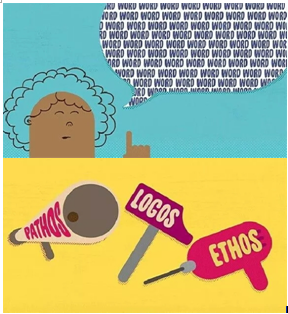 |
The Art of Persuasion (G5-6)
Have you ever wondered to get someone to accept your ideas? The Art of Persuasion could help you! This course is a study in the art of using language to convey an idea in a meaningful way. The course gives students an opportunity to practice written and oral communication skills, and they will also learn to appreciate the sophisticated presentation of ideas through the study of classic speeches like “I Have a Dream” by Martin Luther King, the well-known drama like “Twelve Angry Men” by Reginald Rose and even in poetry, like “The Road Not Taken” by Robert Frost. Along the way, they will learn about the cornerstones of persuasion defined by Aristotl: “Ethos,”“Pathos,” and “Logos”.
Persuasion and critical thinking are natural partners, and there is a lot of critical thinking in this course! Students will use graphic organizers to dissect ideas, analyze, evaluate the effectiveness of different persuasive techniques, work independently and in groups. They will also practice oral and written communication skills including letter writing, visual persuasion through an advertising campaign, individual oral presentations, persuasive essays, presenting a defense in a mock trial, to learn rhetorical devices and support their ideas with fact, connecting ideas with logic with high-quality reasoning. Throughout, they learn effective visual, verbal, and nonverbal skills to pursue the origin of the arts of persuasion.
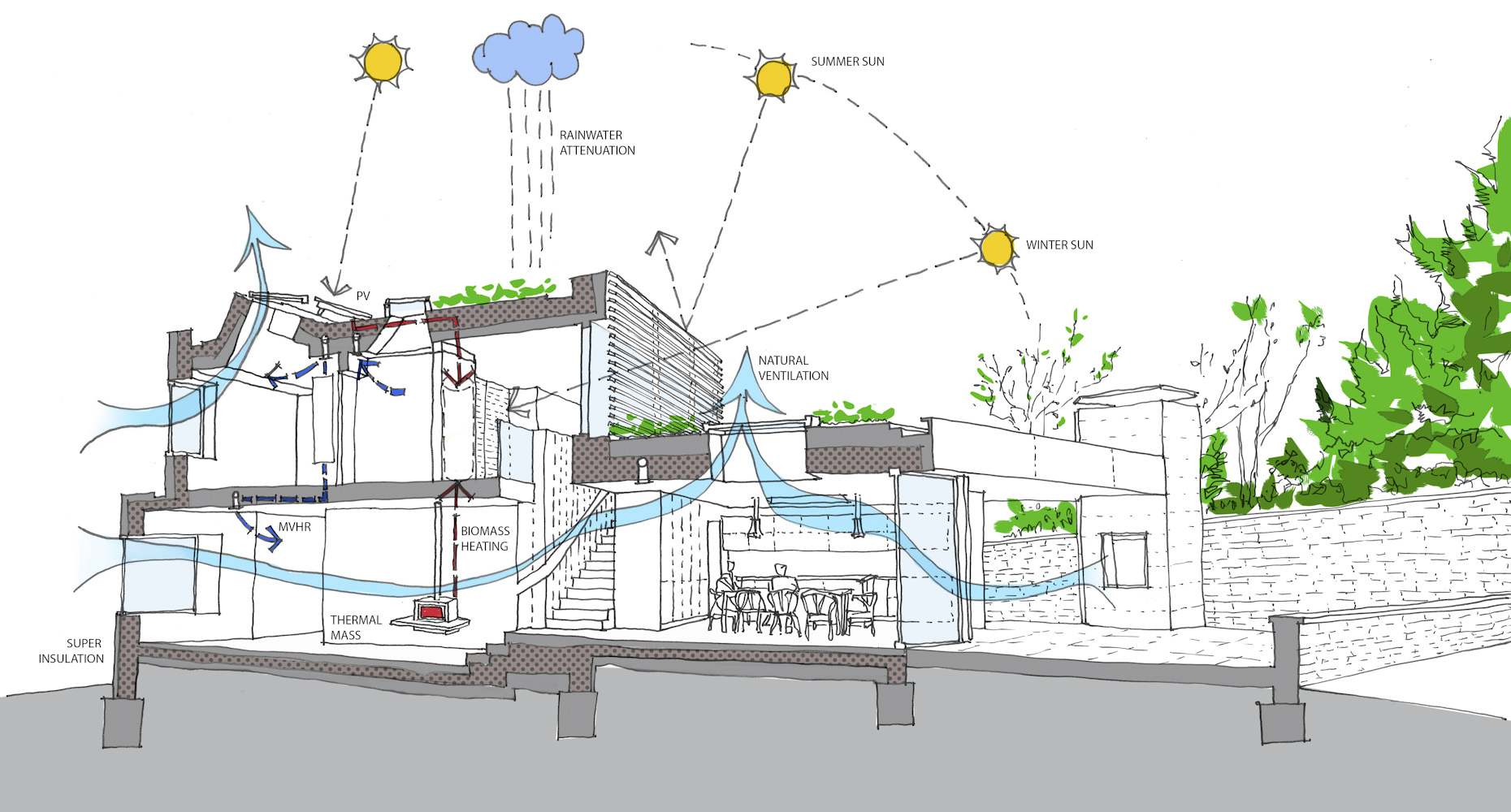 |
Architecture & Sustainable Design(G6-7)
Architecture & Sustainable Design is an interdisciplinary course that uses the language of architecture to provide students a critical cross examination of multiple fields, including math, engineering, social studies, and art. The course has the reputation of being fast moving, extremely engaging, and challenging because students are asked to learn and combine multiple skills and concepts together into final writing and design projects that demonstrates their complex understanding of the role that architecture plays in our lives. The structure of the class will be based on small design and research projects that reinforce classroom lessons and readings.
This course will introduce students to the field of architecture with a special emphasis on sustainable design. Students will engage architecture in all of its various forms: from architectural history to critical theory; from building technologies and professional standards to drawing, sculpture, and 3-dimensional projects; from domestic styles to international design trends; and from traditional energy resource use to renewable, close-looped energy development. The main focus of the course will be to learn how architects can create positive change for the environment through design practices that promote ecological and economic balance. Throughout the course, students will develop critical thinking and analytical skills through daily reading and writing assignments that translate into 2-D and 3-D design projects.
Mathematics of Codebreaking(G6-7)
Dashes and dots, mysterious pictures, or number sequences all strung together to form a puzzle that only a few can solve…what does it mean??? Cryptography, originating from Greek kryptós, "hidden, secret" and graphene, "writing", so it is literally hidden secrets in writing! This course includes both classic and modern cryptography. Students will learn the history of cryptography and the principles and application of classic cryptography, including Caesar Cipher, substitution cipher, and Vigenere Cipher. Students will use their knowledge of cryptology to design their own cipher wheels to send a message that only they understand—unless someone else can crack the code!
Modern cryptography covers many subject areas like mathematics, computer science, and engineering, and includes core knowledge of information theory, statistics, combinatorics, abstract algebra, number theory, and more. Students will learn the Rivest–Shamir–Adleman (RSA) encryption algorithm which is widely used in current business. They will also decode the most famous cryptographic machine, Enigma, designed and used by the German army in World War II, which offers ten thousand trillion possibilities. Come join this course in mathematics and mystery!
 |
Astrophysics (G7-8)
Astrophysics is a branch of space science that applies the laws of physics and chemistry to explain the birth, life and death of stars, planets, galaxies, nebulae and other objects in the universe. Astrophysicists seek to understand the universe and our place in it. At NASA, the goals of astrophysics are "to discover how the universe works, explore how it began and evolved, and search for life on planets around other stars".
This course provides not only the most up-to-date studies on the universe but also incorporate unique opportunities to to observe the universe using the professional telescope. An emphasis will be placed on a hands-on learning approach with activities driven by student involvement and interest. In addition, students will also be immersed in a variety of projects targeting authentic scientific inquiries with a fun attitude toward learning, exploring ideas, and searching for answers. The knowledge students will learn includes Astronomy: celestial coordinates, astrometry, planetary science, cosmology; Physics: gravitation, celestial mechanics, electromagnetic spectrum, relativity, quantum mechanics and Mathematics: interpolation, coordinate transformations, differential and integral vector calculus, numerical methods, differential equations, etc.
![4275570_ssatlogossingle_pngf4b16853ec2e781d9d527d955830629d[1].png](http://crm.dd-learning.com/ddcl/ueditor/jsp/upload/1581394693190.png) |
Academic Writing and Vocabulary III -Writing for the SSAT and Beyond(G7-8)
Qualified Experienced Teacher will help students to excel in the areas of the verbal and writing of upper level SSAT; In the verbal section, the objective is to enhance the students’ strength on the aspects of vocabulary, verbal reasoning, and ability to relate ideas logically; On the writing part, the teacher will focus on how to help student to prepare high quality creative writing and essay-type writing with limited time frame;
Students will experiment with imagery and language, tone and mood, and a variety of structures. In addition to daily readings, informal writing assignments, and regular workshops, students will complete several major writing projects. They will gain a clearer sense of the skills and practices of successful writers and greater knowledge of their own strengths as authors. In addition, they will leave the course with critical-reading skills that transcend disciplines and will help them in future coursework. This program is not just help student to achieve their goals on standardized tests, but also help them to acquire the academic skills that are necessary to excel in their future studies.
Finance and Investment(G7-9)
Much of the world’s finances is controlled or influenced by the stock market. Understanding the principles that are used in the market are essential for anyone who wants to understand personal, national, and international economies. In this course, the history, current operation mechanism and trading rules of most influential stock exchanges in the world will be introduced, including New York, London, and Hong Kong stock exchanges.
Students will learn the basic theories and concepts of macroeconomics and financial investment, involving analysis and prediction of the world economy, focus to be emphasized on industry analysis, theory and practice of investment decisions, portfolio management as well as operation analysis of listed companies through their financial reports. Moreover, they will learn how to view business ethics and social responsibilities from the perspective of an investor.
 |
Reading and Writing(IGCSE) (G7-8)
Qualified experienced teacher will help students to excel in the areas of the reading and wring of IGCSE. In the reading section, the objective is to enhance students’ strength on the aspects of skimming, scanning, understanding general idea and details in a text, following a line of argument or discussion, identifying attitudes and opinions, etc. On the writing part, the teacher will focus on Writing; formal and informal emails, faxes and letters; factual reports and articles; summary writing, etc. The features, style, questions, format will be introduced thoroughly with timed IGCSE tests carried out to diagnose and assess students’ English levels.
In this course, the teacher will help students to master the skills and language knowledge required to be successful in completing their education in English. Students will work more intensively on literacy skills with a wide variety of reading texts, practice comprehension skills and different reading strategies. Students will also practice planning and writing well-structured texts in a variety of forms and styles and for different kinds of readers, then progressing to understanding, analyzing and producing more complex, extended pieces of writing. This course will not only adopt mock tests materials but also bring English into ‘real life’ by using newspaper and magazine articles, videos, etc.
 |
Practical Psychology(G6-G8)
In this course we explore the science of human behavior and cognition. We begin by looking at methodology (experiment and case studies), and then discuss learning and memory (eyewitness testimony), problem-solving, intelligence (the en vogue concept of multiple intelligence), and language. After focusing on cognition we turn to social behavior, discussing techniques of persuasion and the effects of groups on individuals’ behaviour (mob psychology and automatic stimuli on our behaviour. Relating these topics to everyday experience and current events is an important component of the course.
 |
Drama: Cinderella(G2-3)
Cinderella is a magical retelling of a most beloved story and a tuneful, fast-paced piece, specifically created to perform for young audiences. A godmother, of the fairy variety, inquires of her two helpers about the neediest case in the kingdom. Not surprisingly, they introduce her to Ella, who, after being orphaned, was left in the care of her wicked stepmother and stepsisters. Forced to use the kitchen as a bedroom, Ella can often be found daydreaming among the cinders from the fireplace, inspiring her stepfamily to rename her "Cinderella." Wand in hand, Godmother sets about to change the girl's life. With a dash of belief, a sprinkle of magic and a pinch of true love, Cinderella has her life changed for good.
In DDC's three-week musical program, students will learn the basics of voice, dancing, memorization techniques, and characterization. Teamwork is essential to theater; children learn that there are “no small parts” and that each individual makes valuable contributions to the end production. More than that, they will learn how to design and construct physical and virtual scenery, the engineering of lighting design, the importance of timing in choreography, the fun of costume creation and how to project their voices to the back of a theater. At the end of the three weeks, students will perform their show for fellow campers, friends, and family
